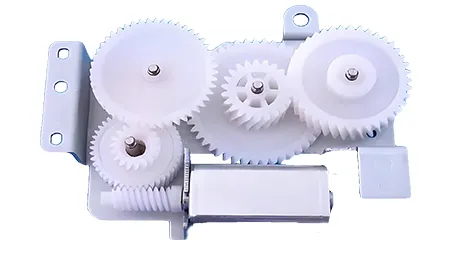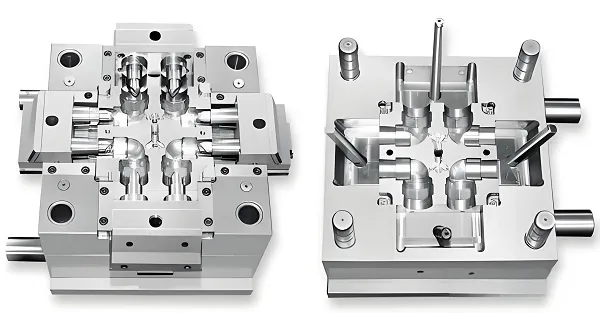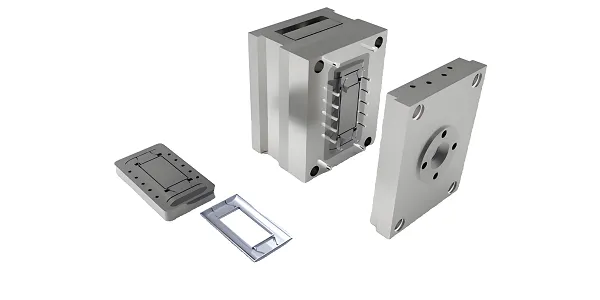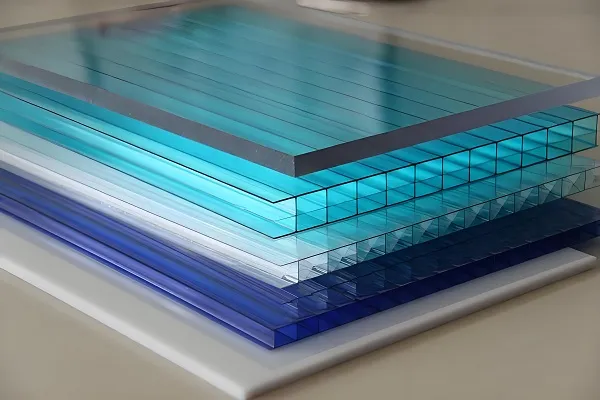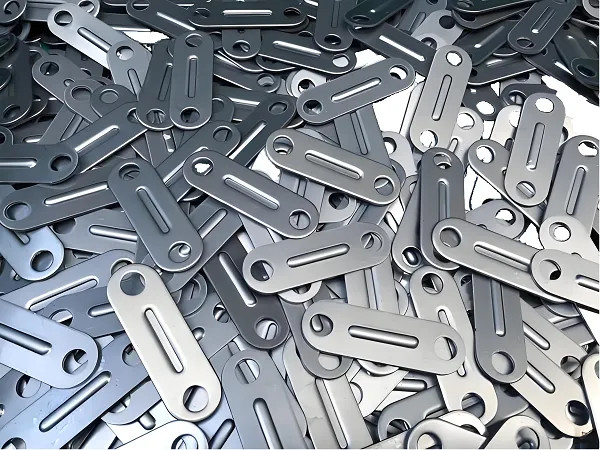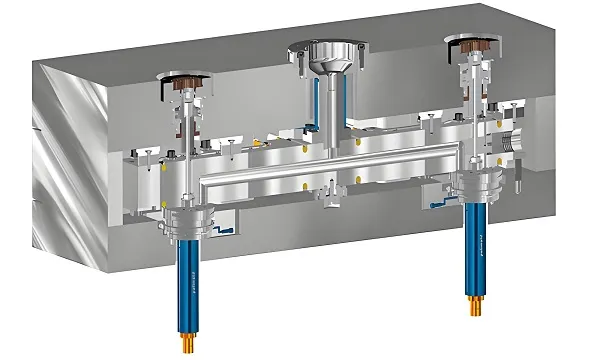The key parts of a CNC milling machine are easy to divide up according to their “functional modules.”These components work together to achieve automated and high – precision cutting. Here is a brief analysis of the key components:
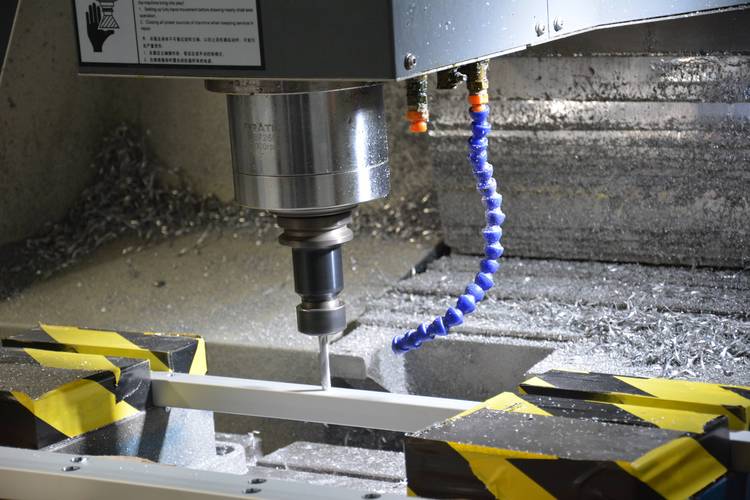
1. Core Power and Transmission Components
Spindle Unit: It is the “cutting execution core” of the milling machine. It is responsible for driving the milling cutter to rotate at a high speed to cut the workpiece. Key parameters include the speed range (such as 8000 – 24000 rpm) and torque (which affects the cutting force). Certain top-of-the-line versions come with a spindle cooling/lubrication system to keep them from getting too hot during high-speed use.
Feed Drive System: It controls the precise movement of the worktable/spindle and determines the machining accuracy.
There are three key pieces here. A “Servo Motor” supplies power, responds quickly, and hits the exact spot. A “Ball Screw” changes the motor’s spin into straight motion and cuts down on loose play. And a “Guideway” keeps the movement on the right path.
Common types include hard guideways and linear guideways. Linear guideways have higher accuracy and less friction).
2. Movement and Positioning Control Components
CNC Controller: It is the “brain” of the whole machine. Here’s a smoother, more natural version that fits English expression habits:
Y’know how this thing works? It first gets hold of G-codes—those are just step-by-step rules for cutting or making stuff. Then it figures out what those rules say. After that, it sends tiny “go” signals to parts like the servo motor (that’s a little power motor) and the spindle (the spinning part)—just to tell those parts to move!
Popular systems—think Fanuc or Siemens—come with useful features. For example, they automatically correct small issues (like adjusting for tiny gaps or temperature changes) and let you preview the machining path beforehand. All these features directly affect how easy the machine is to operate and how precise its cuts are.
Worktable: It is the platform for placing the workpiece. It needs to have stable load – bearing and precise movement capabilities.
Y’know the common types? There’s the “3-axis tables” — they move in three ways: left-right, front-back, up-down. They’re good for doing simple work on flat surfaces, like making plain, flat parts.
Then there are the “4-axis or 5-axis spinny tables” — they add a spin direction (like how a toy top spins!). These ones can make trickier shapes, like the template molds (for making other things) or those little fan blades inside machines (they’re called impellers)!
3. Workpiece and Tool Fixing Components
Fixture: It is installed on the worktable and is used to fix the workpiece to ensure that the workpiece position does not shift during machining. You need to customize it according to the shape of the workpiece (such as vices, suction cups, special tooling). Its rigidity and positioning accuracy directly affect the final machining dimensional error.
See, there’s the Tool Storage Box and the Tool Switcher—they’re super important for the machine to swap tools all by itself! They work great when the machine needs to do lots of different machining steps one after another without stopping.
The Tool Storage Box is like a little “garage” for different milling tools—y’know, the ones for cutting straight down, the ones for cutting flat surfaces, and the ones for making holes. Then the Tool Switcher (it might be a little robot arm or a special wheel thing) swaps those tools fast, just like the CNC machine tells it to. That way, people don’t have to stop and change tools by hand, which saves lots of time!
4. Auxiliary Support Components
See, the Cooling Part does three important things: it sprays special liquid (or cold air). First, it keeps the milling tool from getting too hot and breaking. Second, it washes away those tiny metal bits so they don’t scratch the thing we’re making. And third, it helps the tool slide nicer so it doesn’t rub too much against the thing we’re making.
See, there’s the Oil-Giving Part! It gives oil to the parts that move—like the ball screws (they help things slide straight) and guideways (they keep things moving the right way)—every now and then.
See, this oil’s like a little helper for those moving parts! First, it keeps ’em from getting all scuffed up and worn out so fast. Then, it lets ’em keep working for way longer. And plus, it makes sure they still move exactly right the way they’re supposed to!
Y’know the safety stuff on the machine? Like the safety doors, the emergency stop button (you push this if something goes wrong!), and little sensors that stop too much weight.
These things help two ways: first, they keep those tiny metal bits from flying out and hitting people when the machine’s working. Second, they stop the machine from breaking if it’s carrying more than it can handle!
The coordinated work of these components makes the CNC milling machine different from traditional manual milling machines.
Y’know what this machine can do? It can work all by itself to make things—even things with tricky shapes! And it makes them super accurate, plus it can make lots and lots of them at once.
You’ll see it used in lots of cool places too: like when they make planes and rockets, when they build cars, and even when they make molds (those are like templates that help shape other things)!

